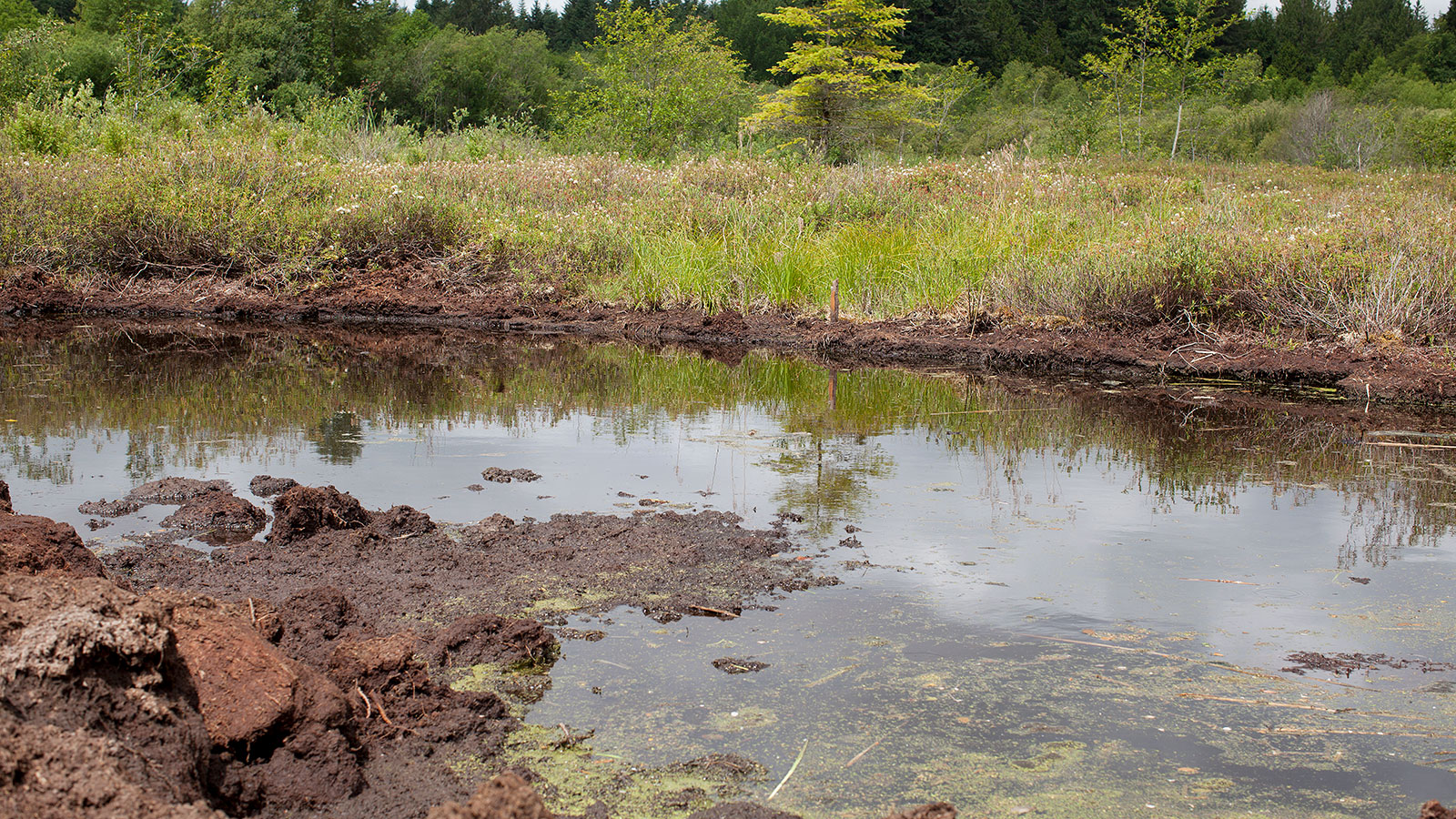
“We make single malt in Seattle because we have the perfect climate for barley, peat, and oak trees,” says Matt Hofmann, master distiller and co-founder of Westland Distillery. When he set out to make a peated single malt whisky, however, he ran into trouble immediately. “Nobody in the U.S. knew how to make peated malt,” admits Hofmann. Peat was never used as a fuel in the Pacific Northwest like in Scotland: no need, there are plenty of forests. As a workaround, he imported heavily peated malt from Bairds Malts in Scotland.
In 2016, Hofmann partnered with Skagit Valley Malting to make peated malt on (and from) American soil. “We filled 70 casks which we are pretty ecstatic about,” he grins. “We just tasted the stuff that has been in cask for 5 or 6 months. It’s much less medicinal, and a little bit spicier compared to the Bairds peat [used in current bottlings of Westland Peated].”
Everything You Need to Know About Peat in Whisky
Washington State peat looks, feels, and smells completely different than Scottish peat, due to a preponderance of one particular plant. “It’s called Labrador tea,” explains Hofmann, showing a mass of peat comprising curled up, chocolate-colored leaves. “It’s called a tea because it has been used as an ingredient in native tea remedies. It kind of looks like rosemary on steroids. It’s really aromatic, very oily, and when you break the leaves underfoot, you can smell it as you’re stomping around. It smells of rosemary and lavender, with almost a citrus element. Also, there are cranberry thickets, mint, and other cool herbs that grow in the bogs. It’s much more diverse than the Scottish bogs from a plant life standpoint.”
As far as Hofmann knows, no other American distillers are using local peat; not because the peat is unavailable, but because it takes a willing partner to complete the malting. “We’re not just doing it because it’s different, we’re doing it because this is our peat. We don’t do local for the sake of doing local, we do local because this local is good.” Westland Distillery anticipates whiskey made with peat burned in the U.S. will be ready for release in 2019 or 2020.






